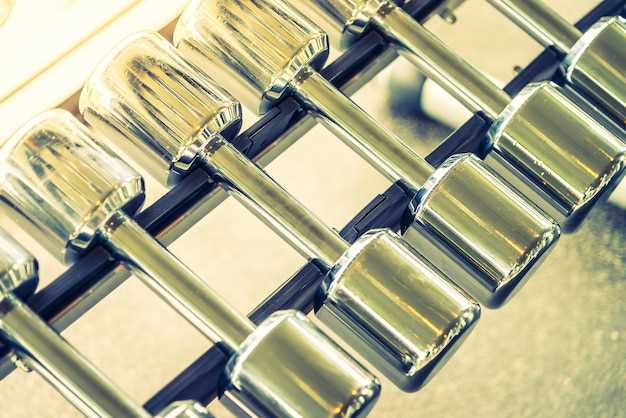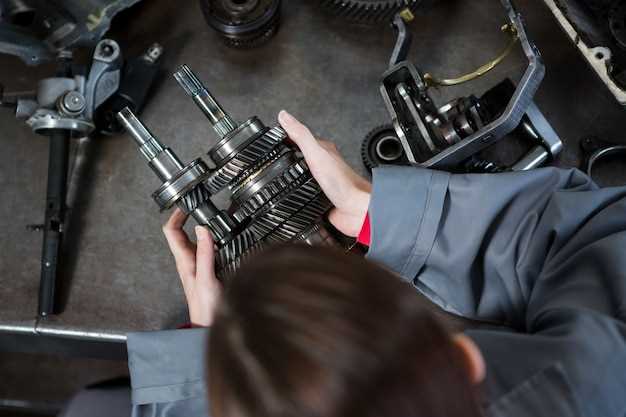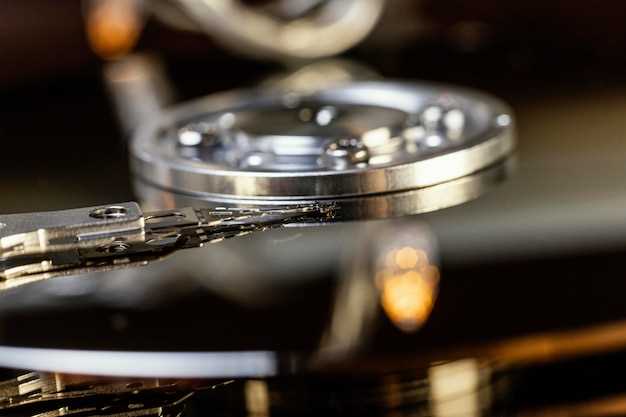When to Replace Classic Car Hoses and Belts

Maintaining a classic car is not only a matter of preserving its aesthetic appeal, but it also involves ensuring the vehicle’s mechanical integrity. One of the critical components that require regular inspection and replacement are the hoses and belts. These elements play a vital role in the overall performance of the engine, as they facilitate fluid movement and power transmission throughout the vehicle.
Over time, the hoses can degrade due to heat, pressure, and exposure to various elements, leading to leaks and potential engine damage. Similarly, worn-out belts can result in a loss of power steering, overheating, and alternator failure. Understanding the typical lifespan and signs of wear for these components is essential for any classic car owner.
This article aims to provide comprehensive guidelines for identifying, selecting, and replacing hoses and belts in classic cars. From the right tools and techniques to recommendations on materials, we will cover everything you need to know to keep your classic vehicle running smoothly and reliably.
Identifying Signs of Wear and Tear in Hoses and Belts

Regular inspection of hoses and belts is crucial for maintaining the performance of classic cars. Look for cracks, fraying, or signs of deterioration on the surfaces of belts. A belt should maintain its tension and flexibility; any stiffness or brittleness is an indication of aging. Additionally, check for misalignment or unusual noises, which can suggest that a belt is nearing the end of its lifespan.
Hoses, on the other hand, should be examined for leaks, bulges, or soft spots that could indicate weakening. Pay attention to the texture of the hose; a hose that feels slick or has a spongy quality may be failing. Also, inspect the clamps and connections to ensure they are secure and not corroded, as loose fittings can lead to fluid loss and overheating.
When assessing both hoses and belts, ask yourself if there are any signs of abnormal wear. This includes uneven wear patterns or damage caused by contact with other engine components. Addressing these issues early can prevent more significant problems down the line, ensuring that your classic car remains reliable on the road.
Step-by-Step Process for Removing and Installing Hoses
Replacing hoses in classic cars is essential for maintaining optimal performance and preventing leaks. Below is a step-by-step guide to effectively remove and install hoses.
1. Gather Necessary Tools and Materials: Before starting, collect all tools you will need including pliers, a screwdriver, a hose cutter, and replacement hoses. Ensure you have a bucket to catch any fluids that may spill during the process.
2. Prepare the Vehicle: Park the classic car on a flat surface and turn off the engine. Allow the engine to cool completely to avoid burns and injury. Disconnect the battery to prevent any electrical hazards.
3. Locate the Hoses: Identify the hoses that need replacement. Check the condition of each hose for cracks, bulges, or leaks. Common hoses to inspect include radiator hoses, heater hoses, and fuel hoses.
4. Remove Old Hoses: Depending on the type of hose clamps used, use a screwdriver or pliers to loosen the clamps on both ends of the hose. Gently twist and pull the hose to detach it from the fittings. If the hose is stuck, use a hose cutter or knife to make a small cut in the hose to facilitate removal.
5. Drain Fluids: If working with coolant or fuel hoses, be prepared to drain fluids into the bucket. Ensure you dispose of any fluids in accordance with local regulations.
6. Clean Hose Fittings: Once the old hoses are removed, clean the fittings with a brush or cloth to remove any debris or corrosion. This ensures a snug fit for the new hoses.
7. Install New Hoses: Take the new hose and align it with the fittings. Push it onto the fitting while ensuring it’s seated properly. Reattach the hose clamps tightly but be careful not to over-tighten, as this can damage the new hose.
8. Refill Fluids: After installing the new hoses, refill any fluids that were drained during the process. Check for leaks before proceeding.
9. Reconnect Battery: Once everything is in place and fluids are appropriately refilled, reconnect the battery. Start the engine to check if the hose installation was successful and to monitor for any leaks.
10. Final Check: Conduct a thorough inspection of the new hoses and clamps. Confirm that all connections are secure and that there are no signs of leaking during engine operation.
Choosing the Right Replacement Hoses and Belts for Classic Cars

When it comes to maintaining classic cars, selecting the appropriate hoses and belts is crucial for ensuring optimal performance and longevity. Classic vehicles often require specific materials and dimensions due to their unique designs and specifications.
First, it is essential to identify the correct type of hoses for your classic car. Radiator hoses must withstand high temperatures and pressures, making rubber and silicone variants popular choices. Silicone hoses, while more expensive, offer enhanced durability and resistance to heat and corrosion, which can be particularly beneficial for vintage engines.
Additionally, pay attention to the hose diameters and lengths. Original equipment manufacturer (OEM) specifications or measurements from existing hoses serve as reliable references. Aftermarket products may not always meet the original specifications, leading to potential fitment issues.
Next, when selecting belts, consider their compatibility with the engine’s pulley systems. The most common types of belts are serpentine and V-belts. Serpentine belts are ideal for modern applications, while V-belts are often found in older models. Be sure to match the belt size and profile precisely to prevent slippage or premature wear.
Also, look for hoses and belts that come from reputable brands or manufacturers specializing in classic car parts. Quality products often feature reinforced materials that provide better resistance to abrasion and cracking, which prolongs their lifespan.
Lastly, regularly inspect hoses and belts for signs of wear, such as fraying, cracks, or bulges. Replacing these components proactively can prevent unexpected breakdowns, ensuring your classic car remains in peak condition.



